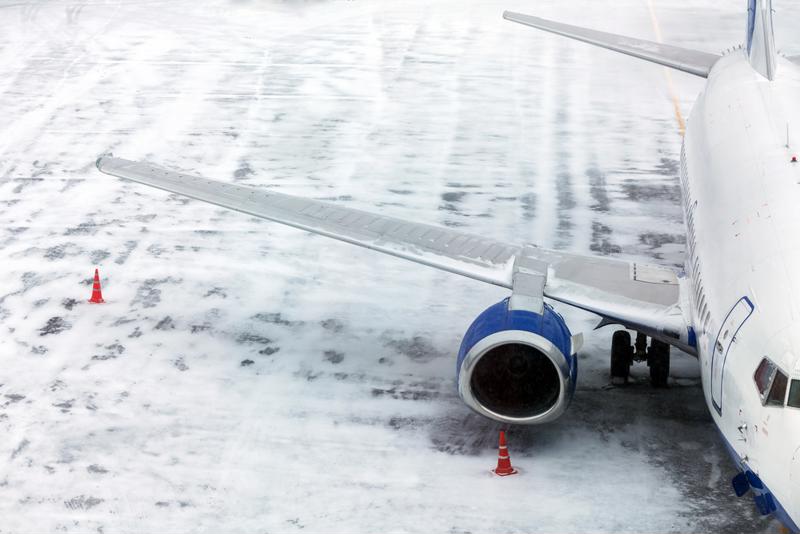By and large, the world's population has become incredibly reliant upon air travel for sustaining our way of life. Whether for business, pleasure or simply keeping in touch with friends and family, many of us fly regularly all around the globe.
In so doing, we've collectively built one of the world's biggest industries. According to a report from Aviation Benefits Beyond Borders, the world's airlines now carry over 3 billion passengers and 50 million tons of freight per year. The sector is also responsible for filling approximately 8.7 million jobs and contributing $606 billion to the global gross domestic product.
"While air travel is crucial to our modern lifestyle, it's also a tremendous drain on our natural resources."
With all of this economic clout comes a great deal of social responsibility. While air travel is crucial to our modern lifestyle, it's also a tremendous drain on our natural resources. Flying planes requires a massive amount of fuel, and operating airports on a daily basis demands a number of resources. This poses the question – how can our world's airports do better? Can greener practices in the aviation field help create a more sustainable planet?
Some airports already finding success
No two airports are exactly the same, which is why airport administrators all over the world must work to develop their own sustainability action plans. Fortunately, there are a few places scattered around the globe that are already making tangible progress on this front.
A recent corporate release from Cheapflights.ca shined a spotlight on a few of the most successful "green airports" in the world today. Here are a few notable ones:
- Changi Airport, Singapore – Changi International is particularly impressive because the facility is green – quite literally. The airport has put a great deal of emphasis on growing plants, with extensive gardens including a cactus garden, sunflower garden and orchid garden.
- Pearson Airport, Toronto – Pearson made headlines recently when it opened a new honeybee apiary, dubbed YYbeeZ. The bees are valuable as a way to help bolster food security and support sustainable agriculture in the area.
- Indira Gandhi Airport, Delhi – India's leader in sustainability, the Delhi airport was recently awarded LEED Gold certification by the Indian Green Building Council. The building is notable for its high percentage of recycled content and its design which optimizes the use of natural light.
All of the above are examples of world leaders in airport sustainability. There's still a lot more progress to be made, however, including new strategies for addressing hot water heater problems.
Putting water heaters under the microscope
Airports are massive facilities that use a staggering amount of water every day. Between employees, patrons and the airlines' maintenance staffs, everything adds up.
 Airports are under intense pressure to manage sustainability.
Airports are under intense pressure to manage sustainability.It's therefore important to have a strategy for water heating that's built to last and doesn't lead to any unnecessary waste. Using commercial tankless water heaters may well be the best way to go – tankless heaters have a longer life expectancy than many alternatives such as storage heaters, according to the U.S. Department of Energy, which makes them a cost-efficient and eco-friendly choice.
Airport administrators today are under a great deal of pressure to maintain a healthy bottom line and also treat the planet well. It's fortunate, therefore, that using tankless water heaters is a great way to achieve both goals at once.

